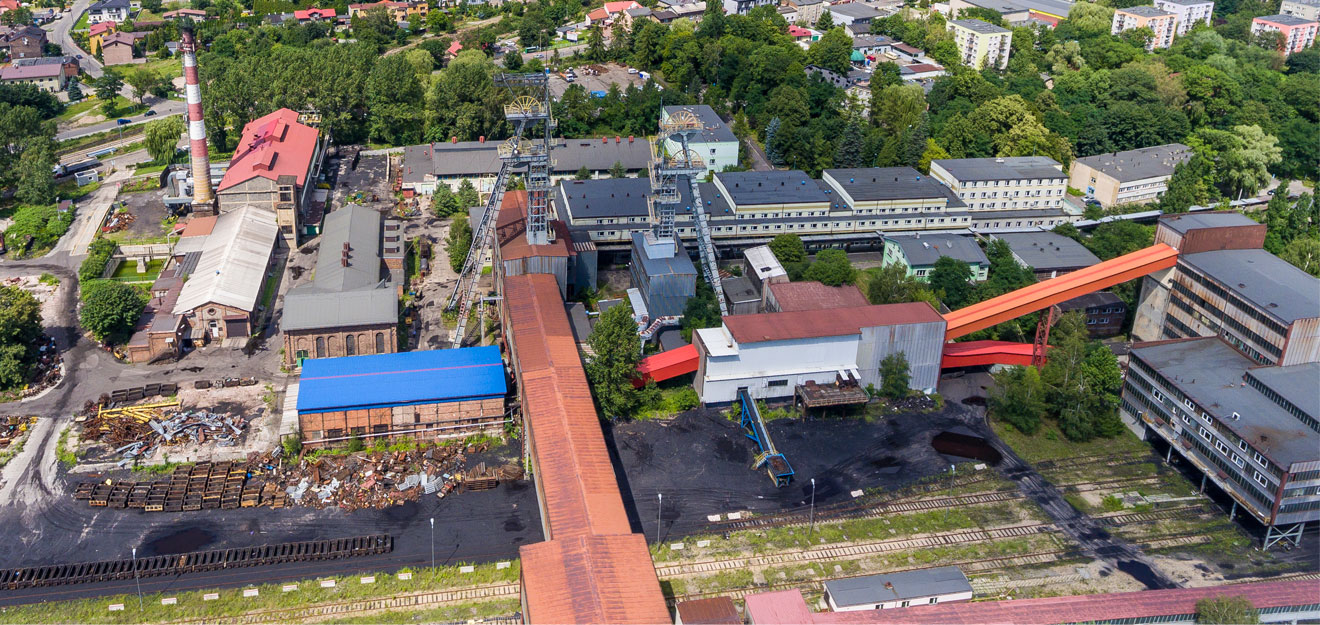In the ventilation system of coal mines, the exhaust air duct, as a key component, bears the important responsibility of maintaining airflow balance and ensuring mine safety. The correct installation of exhaust air ducts not only affects the operational effectiveness of the ventilation system, but also directly affects the health and production safety of miners.
Before installing the exhaust air duct, a detailed environmental assessment and planning are required. Reasonably determine the layout, size, and direction of the exhaust air duct by considering factors such as the geological conditions inside the mine, distribution of ore layers, and ventilation needs.
The material selection of exhaust air ducts is crucial for the stable operation of the system. Priority should be given to selecting corrosion-resistant and high-temperature resistant materials to ensure good durability of pipelines in harsh environments.
The construction process for installing the exhaust and induced draft ducts in the coal mine is as follows:
Measurement and marking: According to the planned pipeline direction, measure and mark on the ground to ensure the accurate installation position of the pipeline.
Excavation and reserved space: Excavate inside the mine according to the marked positions, and reserve the space required for the exhaust and induced draft ducts.
Pipeline connection: Connect each pipe section to ensure tight connection and no leakage.

Install brackets: Install brackets at appropriate locations on the pipeline as needed to support the weight of the pipeline and prevent it from sagging.
Welding and fixation: For metal pipelines, welding is required to ensure a secure connection. At the same time, use bolts and other equipment in appropriate positions to secure the pipeline to the bracket to prevent movement or shaking.
Slope and inclination: The slope and inclination of the exhaust air duct have a significant impact on the operating speed and direction of the airflow. The slope and inclination of the pipeline should be reasonably set according to the requirements of the ventilation system to ensure smooth airflow.
Sealing and insulation: The sealing and insulation of pipelines are key measures to prevent harmful gas leakage and heat loss. Sealing materials should be used at pipeline connections and insulation treatment should be applied to the pipeline surface to avoid energy loss and adverse effects.
Safety signs and drills: After the installation of the exhaust air duct, necessary safety signs should be set up to remind workers to pay attention to safety. In addition, regular emergency drills should be conducted to ensure that staff understand how to operate and respond correctly in unexpected situations.
Regular inspection and maintenance: After installation is completed, the exhaust air duct needs to be inspected and maintained regularly. Check the pipeline for water leakage, leakage, etc., and promptly repair the problem to ensure the normal operation of the ventilation system.
The installation of exhaust air ducts in coal mines is an important link that cannot be ignored in the ventilation system. Only by strictly following technical requirements and regulations, reasonable planning, and correct installation can the safe and efficient operation of the mine be guaranteed. By installing high-quality exhaust air ducts, we can create a safe and healthy working environment for miners, provide strong support for the continuous and stable operation of the mine, and achieve an organic combination of safe production and efficient development.







Comment